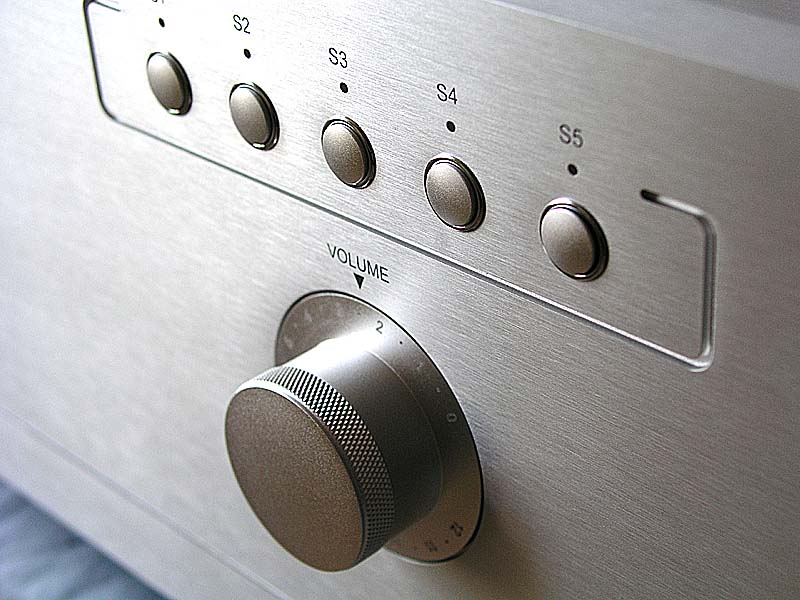

- #Dussun v8i manual manual#
- #Dussun v8i manual full#
- #Dussun v8i manual windows 10#
- #Dussun v8i manual windows#
Renderer: JPLAY FEMTO 7.0D UPnP (Alternative version), Server: JPLAY FEMTO 7.0D femtoServer, File Manager: Q-Dir 9.9.1.0, Library Manager: JRiver MC 27.0.15
#Dussun v8i manual full#
Full optimization procedure described in my Guide for Optimizing WS2019 in a Dual or Single PC JPLAY Femto-Based System (updated ): ( )
#Dussun v8i manual windows#
Windows processes/services running on Audio-PC: 18 on Control-PC: 22 (additional 4 processes/services required for WiFi connection to Control Point).
#Dussun v8i manual manual#
Optimization: Fidelizer Pro 8.6, Minorit圜lean 236 (currently), Process Lasso Server Edition 10.2.0.40, Audiophile Optimizer 3.0, a modified CAD DSK script, manual termination of specific Windows processes/services. OS: Windows Server 2019 (Standard Edtion) in highly optimised Desktop mode, command prompt shell for initial setup after which both PCs run headless (no monitor, keyboard or mouse)
#Dussun v8i manual windows 10#
As blawre has considered, perhaps the benefits of Fidelizer Pro are more apparent in an otherwise unoptimized, busy operating system such as Windows 10 but less so, or perhaps not at all, in a well-optimized Windows Server-based system.Ĭontrol Point: Samsung Galaxy Tab S6 Lite, 128Gb storage, 4Gb RAM, Bubble UPnP 3.5.4, or Dell Inspiron 15R SE laptop (Windows Server 2019 - Standard Edition Desktop), Intel Core i7-3612QM, 2.1 GHz, 1Tb 5400 rpm SATA HDD, 16Gb Kingston DDR3 1600 MHz RAM, Upplay 1.4.10 or Audionet-RCP 3.5.0Ĭontrol and Audio-PCs: Asus Mini PC PN60, Intel Core i5 8250U 1.6 GHz, 250Gb Kingston A2000 M2 NVMe SSD (Control-PC) or 480Gb Kingston A1000 M2 NVMe SSD (Audio-PC) and 8Gb DDR4 2400 MHz RAM. Herman17’s findings suggest that in his optimized system running WS2019, even the “permanent” optimizations put in place by Fidelizer Pro may not affect sound quality. Thus, I can only say that in my system (well-optimized PCs running WS2019) any “transient” optimizations for which continued operation of the Fidelizer Pro core engine is required apparently have no impact on sound quality. However, it is important to note that under these conditions, the “permanent” optimizations made by Fidelizer Pro upon installation remain in place even if the Fidelizer Pro core engine is not running. I detect no difference in sound quality whether the Fidelizer Pro core engine is left running or not under the conditions I described. I keep the Process Lasso core engine running primarily for core allocations (JPLAY on one core, everything else on remaining three cores - non-hyperthreaded). I then terminate the Fidelizer Pro core engine in the Process Lasso User interface which I subsequently close.


This facilitates testing as it is easy to switch which programs or versions Fidelizer Pro starts by simply modifying the relevant registry keys. I allow Fidelizer Pro to run on both PCs mainly to start Minority Clean and Process Lasso rather than running each of them as a service. I have both Fidelizer Pro and Process Lasso installed along with Minority Clean on the Control and Audio-PCs.


 0 kommentar(er)
0 kommentar(er)
